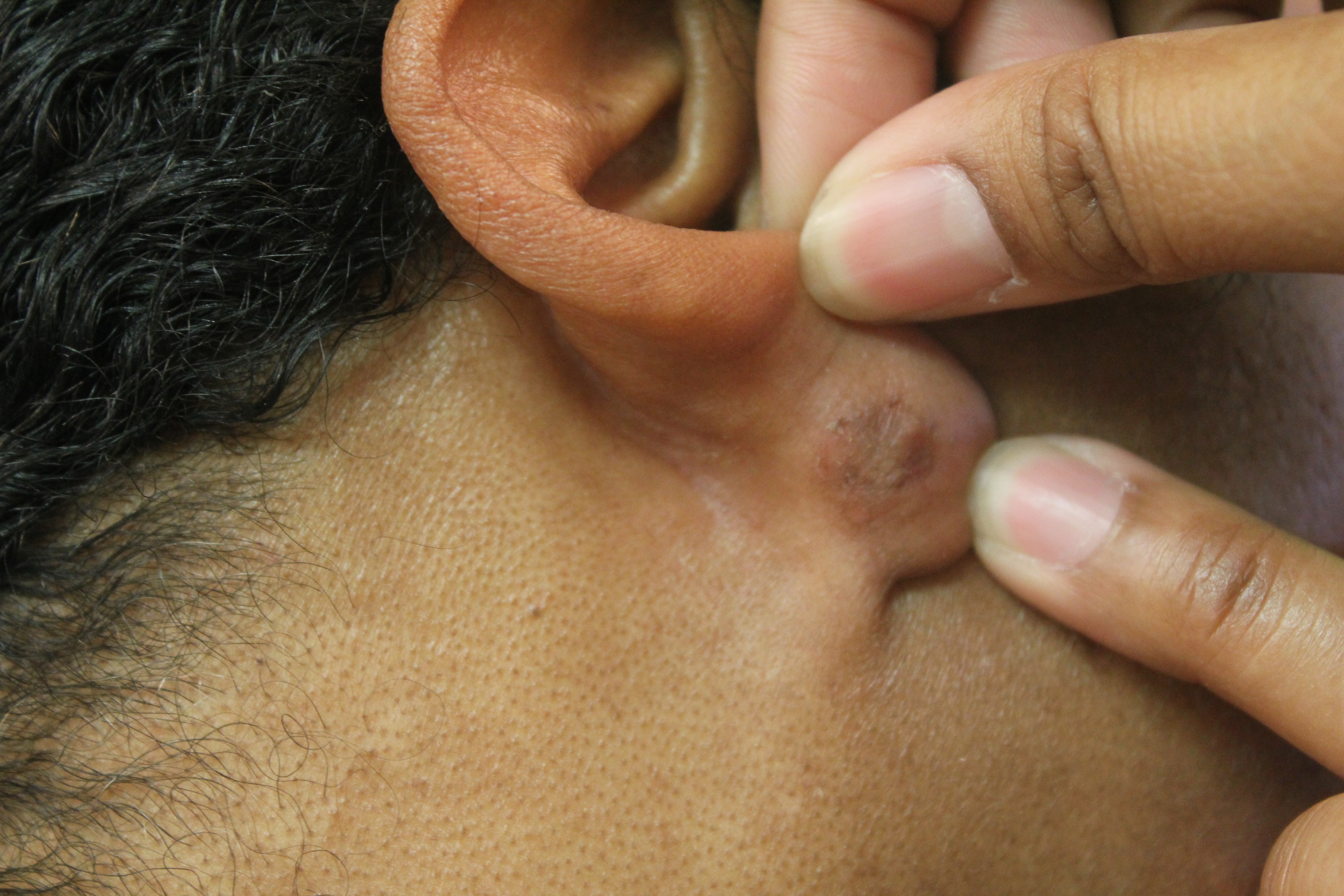


Treatment options for keloid scars include: Dermatologists therefore often recommend two or more types of treatments for their patients. Keloids are difficult to banish completely, and using more than one type of treatment often improves results. Dermatologists typically tailor the treatment to the individual based upon factors such as age and type of keloid. There is no one treatment that works best for all keloids. For instance, if the scar is large or is located in a very visible place on your body, your doctor may be able to help you find ways to reduce the size and prominence of the keloid. People may also seek treatment for a keloid is if the scar impacts their self-esteem and how they feel about their appearance. But treatment may be helpful if a keloid scar causes discomfort or hampers movement (if it covers a joint or a large area, for example). You should also avoid having surgery which is not medically necessary primarily for cosmetic purposes.Keloids generally do not need to be treated. If you are at risk of a keloid scar, trauma such as tattoos or body piercing should be avoided. Laser treatments can help reduce the redness associated with keloid scars, but does not make them smaller.

Long-term compression with bandages may be beneficial for some patients.
#Keylord removal skin
Freezing with liquid nitrogen may also stop early keloids from growing but may be associated with permanent skin discolouration.Steroid-impregnated tape applied for 12 to 24 hours a day may help flatten keloid scars.Injections of a steroid (triamcinolone) into a keloid scar may help to flatten it and reduce symptoms.Some of the treatment options Dr Hussain may discuss with you include: Despite many years’ experience in managing keloid scars, Dr Hussain always informs his patients that treatment is difficult and success cannot be guaranteed. Surgery is not an option for a keloid scar. Their appearance may also cause embarrassment for patients. He often finds that patients find their keloid scars tender, painful and often itchy. A history of keloid scarring increases the risk of getting another.ĭr Hussain has lots of experience in dealing with keloid scars.Keloid scars may appear anywhere but certain body sites are especially prone such as the upper chest, upper back, shoulders and earlobes.Dark skinned people often get keloid scars & that they are especially common in people with black skin (skin type VI).


 0 kommentar(er)
0 kommentar(er)
